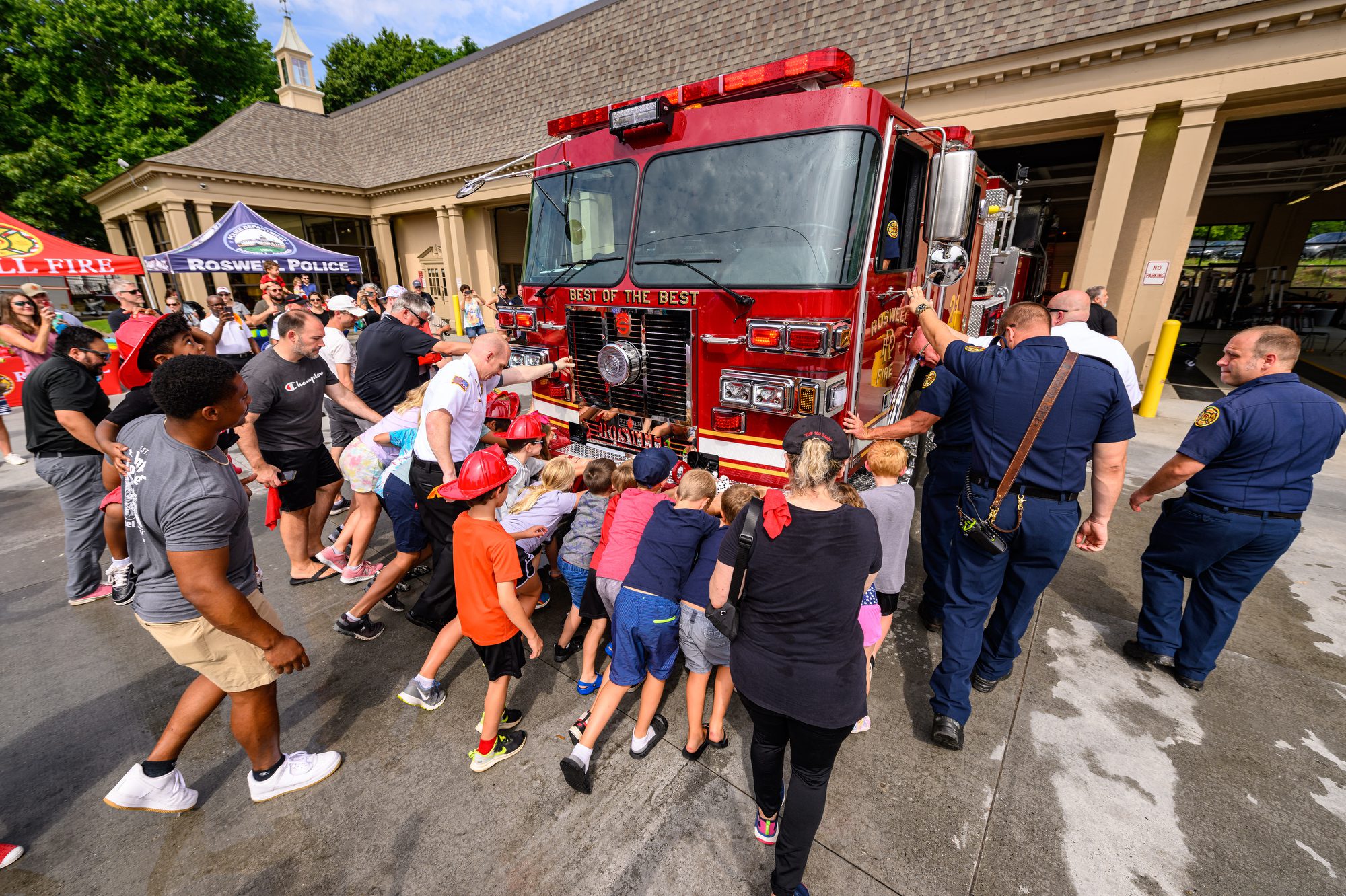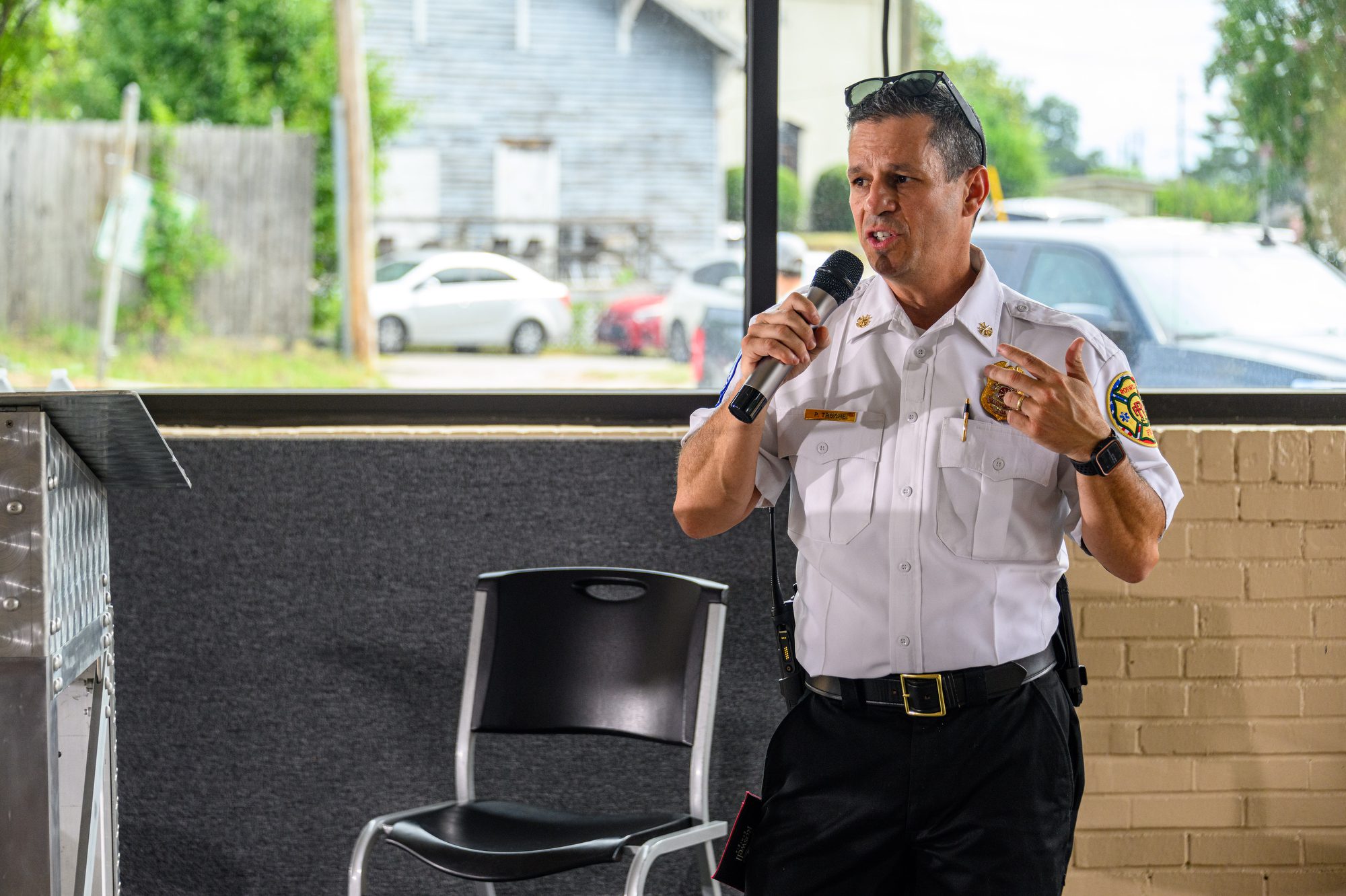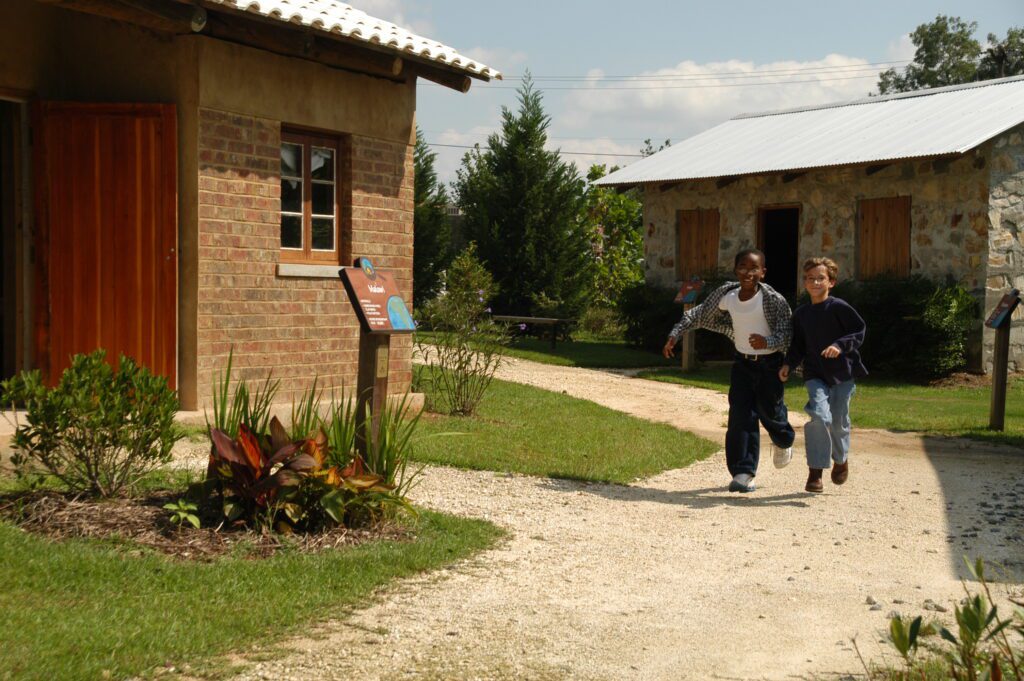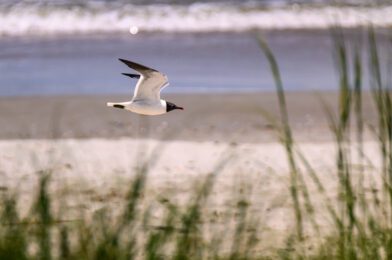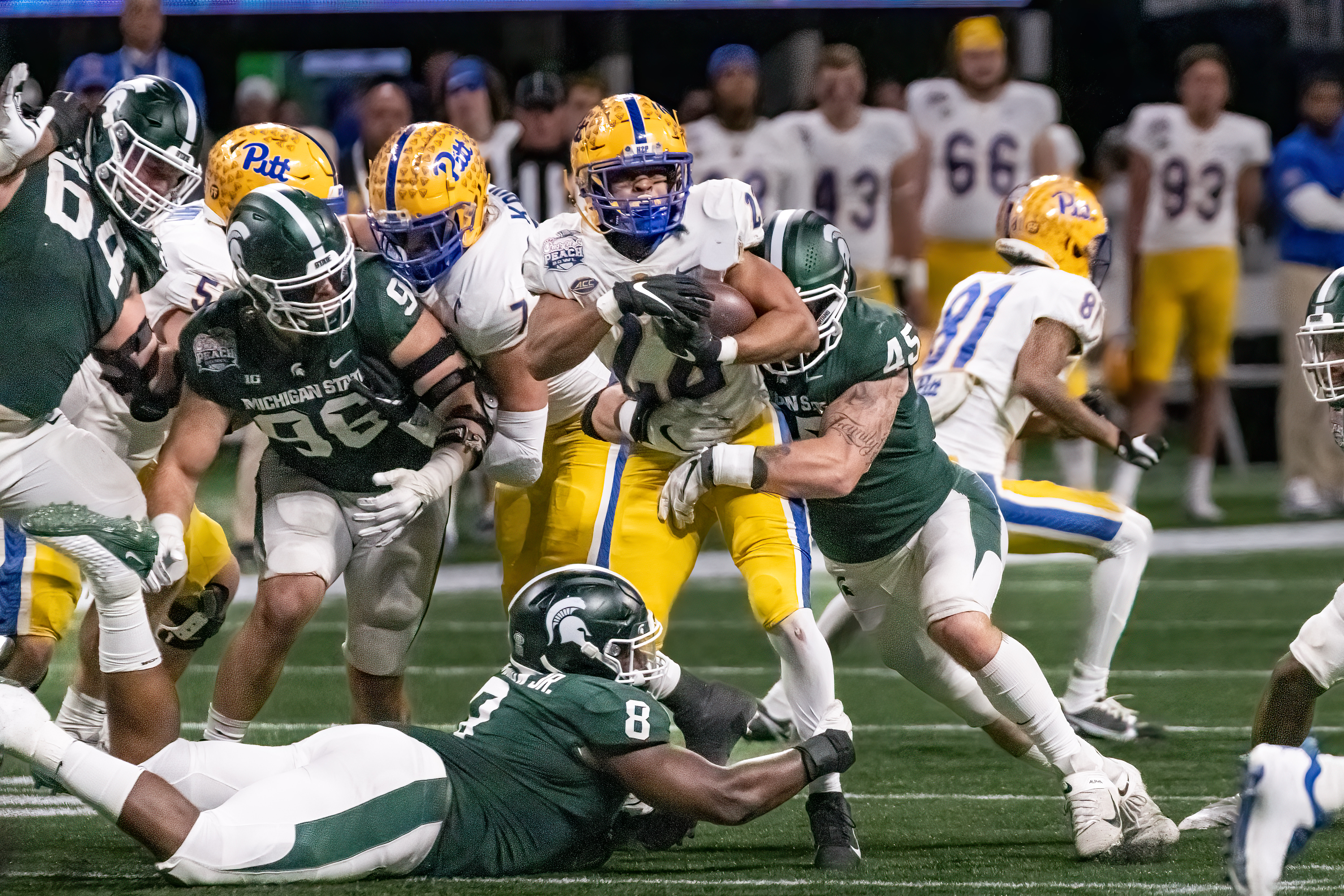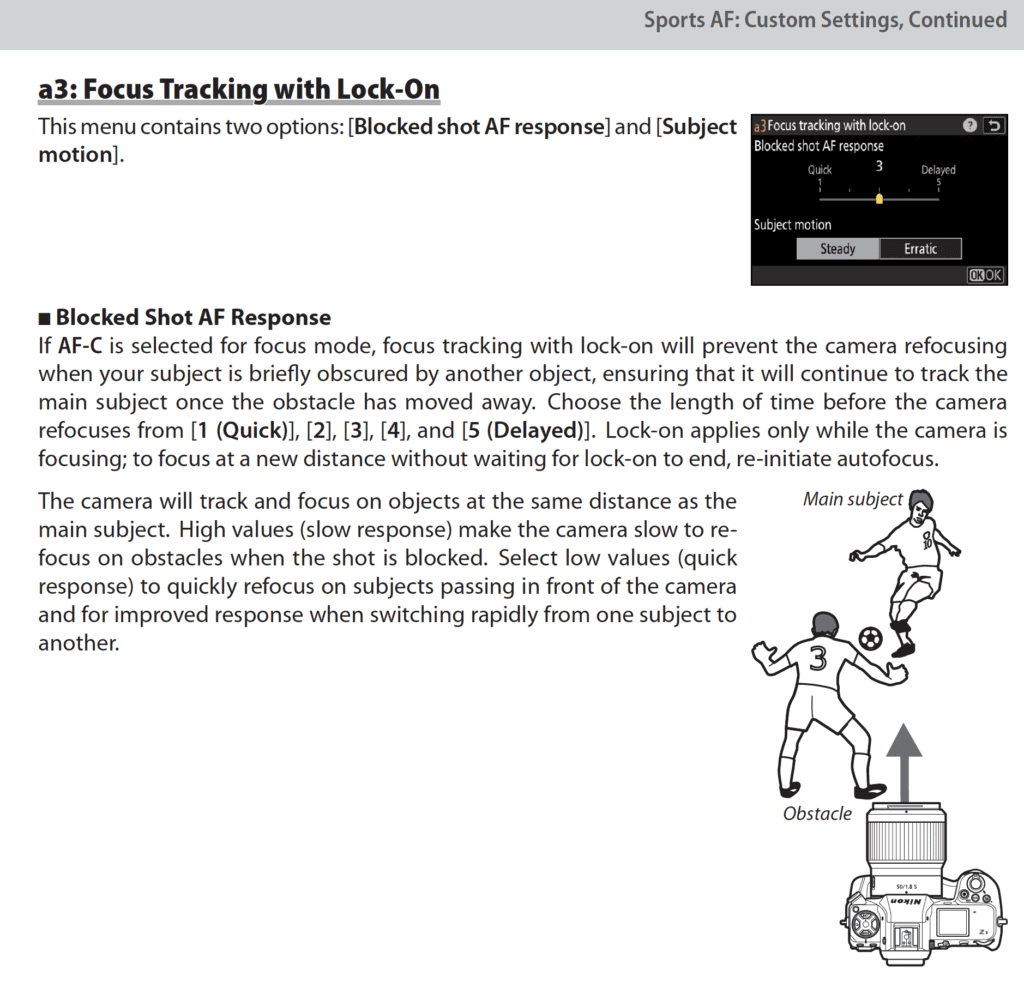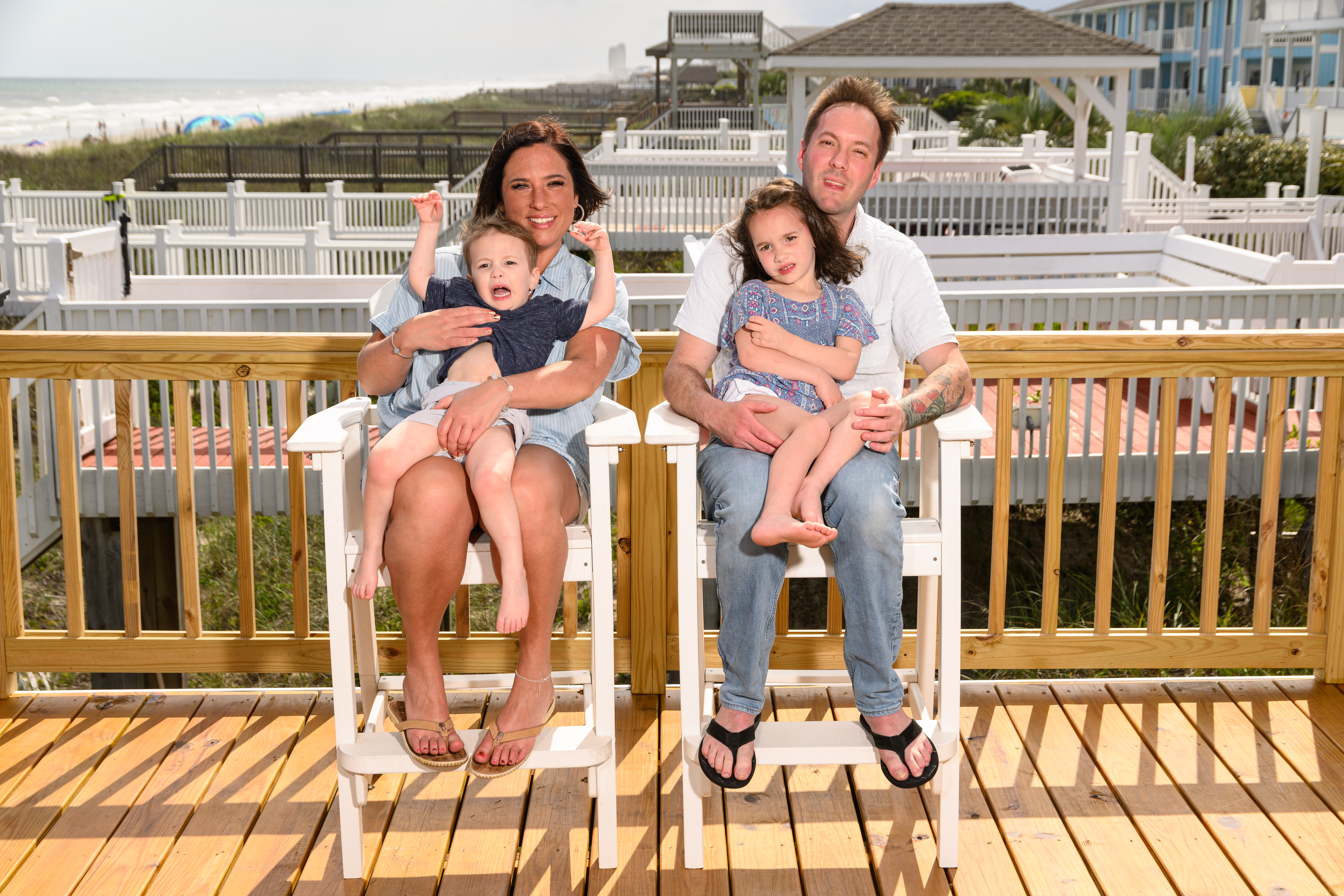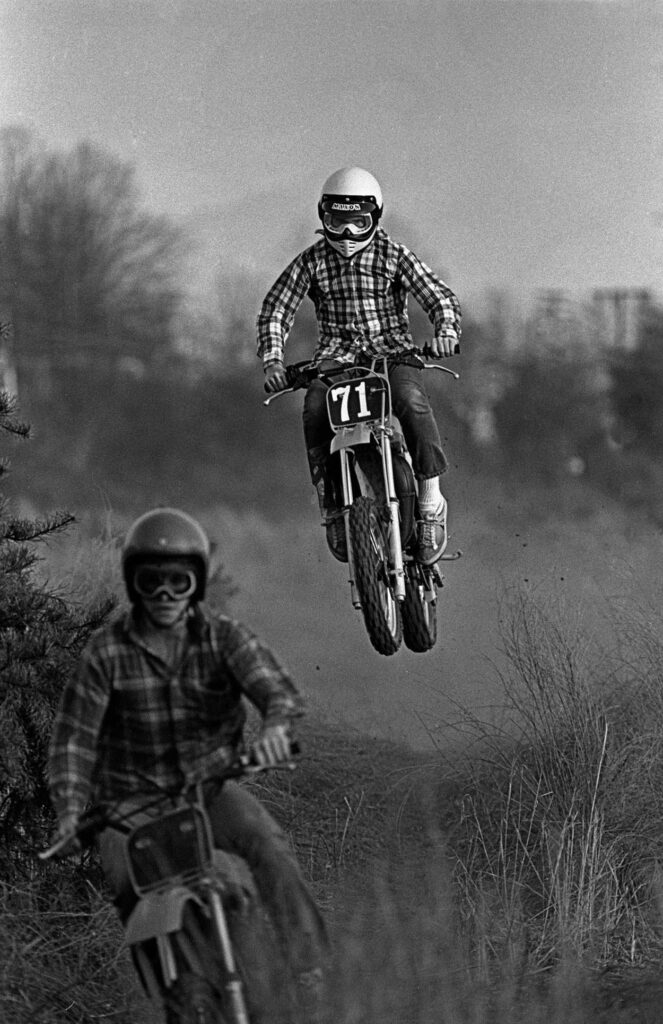Garth Brooks [NIKON Z 6, 14.0-24.0 mm f/2.8, Mode = Aperture Priority, ISO 560, 1/200, ƒ/2.8, (35mm = 24)]
The goal of an event photographer is to capture the gathering’s emotions and highlights.
The photographer should ask many questions of the client to get a good understanding of how the photos will be used. Don’t assume you know how they will be used if you haven’t shot for a client before; always ask.

How event photos are used
- Archival purpose – A compelling photograph can disseminate information about humanity and nature, record the visible world, and extend human knowledge and understanding. For all these reasons, photography has aptly been called the most important invention since the printing press.
- Personal Use – There are many events in which the client has no intention of using the photos commercially. Wedding photos are a great example of where the photos are for personal use. Most couples would likely want to share those images on social media.
- Marketing future events – Photography counts as visual information – when potential attendees have a taste of what an event is going to be like from photos, they can decide whether to attend or not. Therefore, event photography is crucial for the success of an event.
- Planning Purposes – Most all commercial event planners use the previous year’s event photos to help plan future events.
- PowerPoint Presentations – Business leaders will often use event photos to remind their people about what the company has done to celebrate.
- Printed & Online Newsletters – Many business events will have award ceremonies. These photos are often put on their internal websites to celebrate their people or in their internal newsletters.
There are two reasons you need to know how they will be used. 1) this can impact the pricing based on usage, 2) knowing what shots might be needed due to understanding who the audience is for the photos.
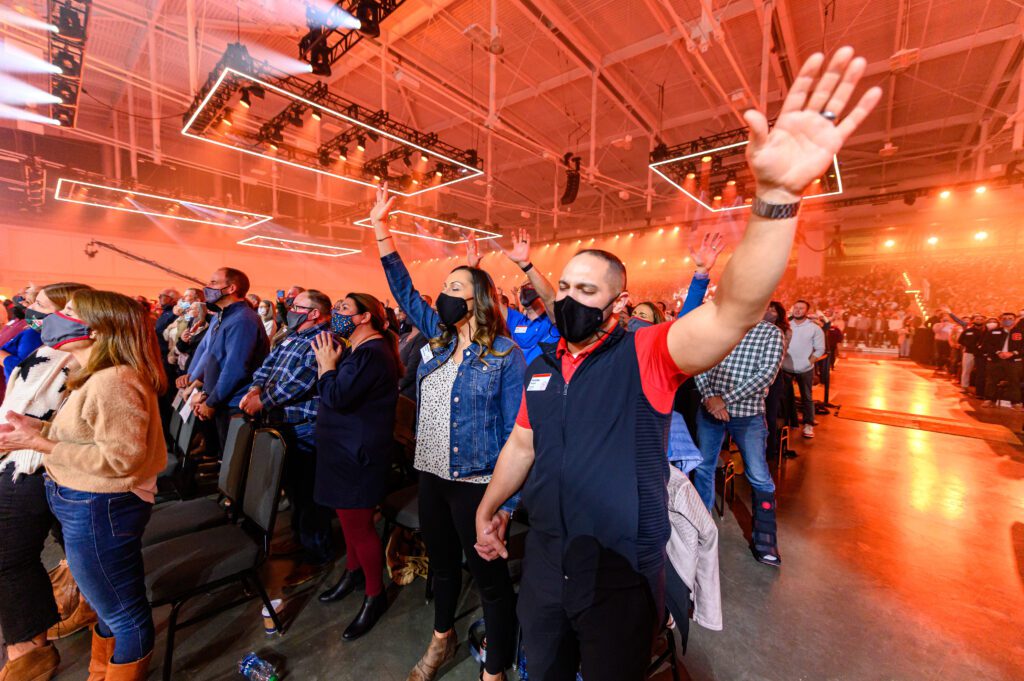
Always Prepared
Photographers need to be prepared for just about any scenario possible.
The lighting conditions at a venue may require you to be prepared to light a room.

The room setup may require you to be a long way for the stage, which may require an extreme telephoto lens.
On the other extreme, you may need a super wide-angle lens to capture situations due to not being able to back up enough to get the shot.
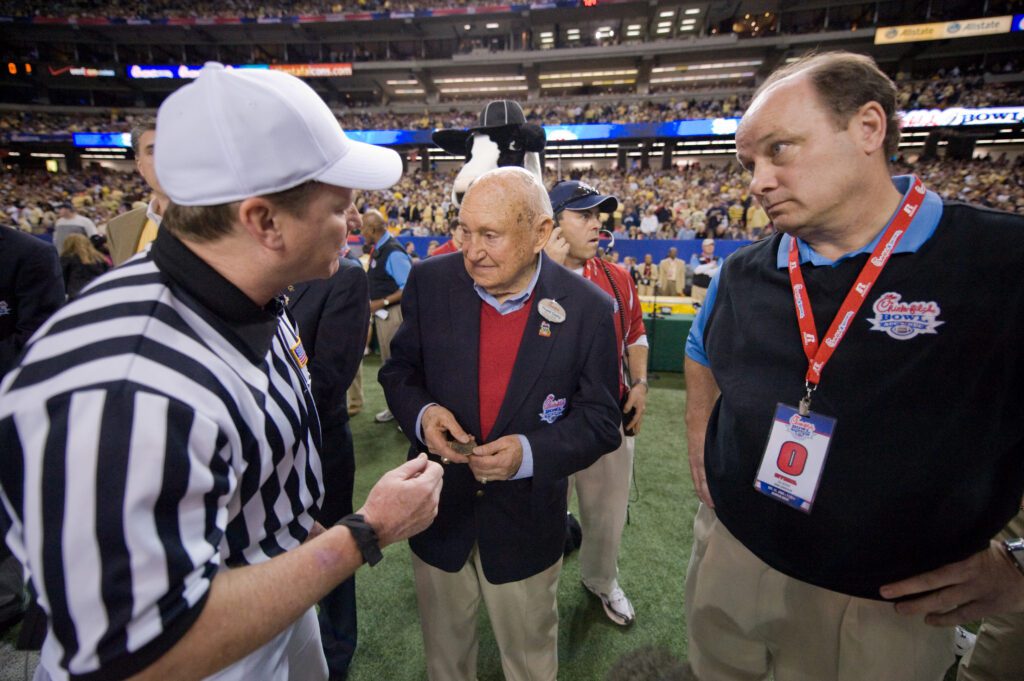
It is pretty standard that you need a fast glass to take photos in very low light.
Arrive Early
For significant events, I often arrive the day before the event to walk the venue and look into every room I have to work. For these events, most of the crew producing will often come a week ahead to set up the venue and run practice sessions with their talent. I can see the run-throughs and the lighting setup so that I can know which lenses I will need for coverage.
The huge events often are designed for the video to capture the meetings; therefore, having to add my lights to the event is unnecessary.

For smaller events, the lighting situation requires additional lights. One of the most common problems is speakers with PowerPoint presentations. The speaker is much darker than the screen and often lit with tungsten light. Most All projectors are daylight balanced. So, lighting the speaker to balance the PowerPoint is often necessary.

Often the client wants the audience’s reaction to what is happening on the stage. Often the people near the stage have enough light spilling over that a fast lens can work to capture them. However, there are times that you need to light the audience and not necessarily the stage.

Experience lets you bill more.
Knowing what questions to ask the client comes from experience. This is why it is best that you work as a second shooter to a photographer when starting. Learn the ropes.
Event companies charge rental fees for equipment. Sound companies charge for each microphone and speaker, for example. They may have packages, but they charge for the event’s equipment.
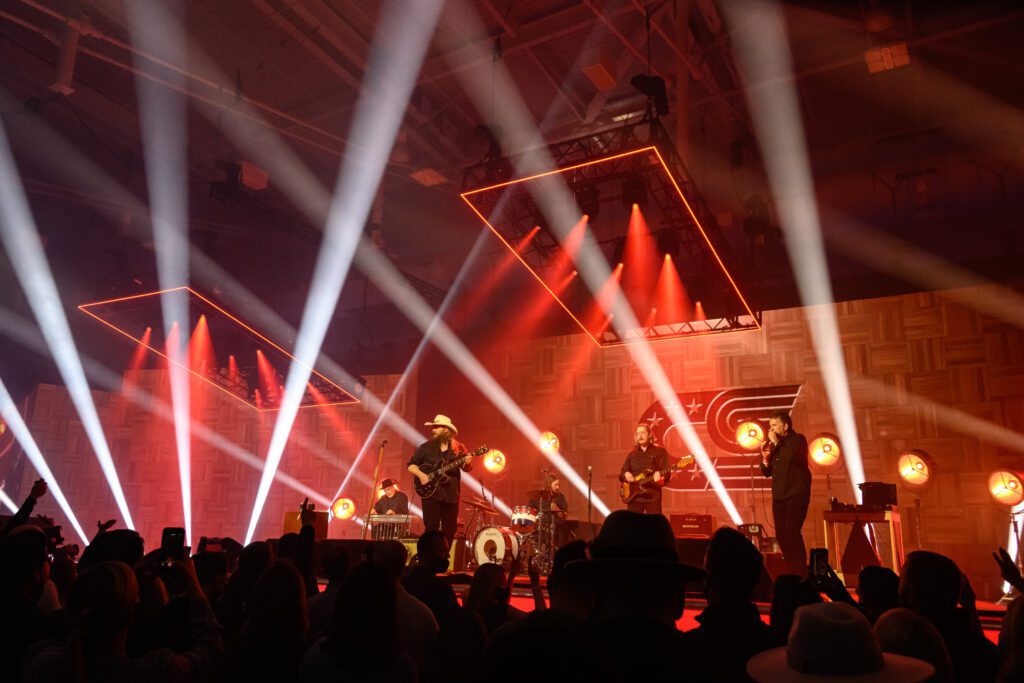
Photographers can do the same by creating a line item for the extra gear needed to cover an event, or as most do, roll those extra expenses into larger buckets like additional lighting.
Your reputation will slowly grow, and those seeking you will understand your pricing. This is especially true when working with event planners. They work will many vendors and are generally aware of the industry rates.

When working at events like weddings where the public hires you and not a wedding planner, you will still have a reputation in the community. Many new brides hire the same photographers their friends had for their weddings. Also, wedding venues and planners will know which photographers are worth the extra price.

We need to be flexible.
In this industry, things change all the time. I have the attitude that I need to be as flexible as possible with the client. I need to be the solution and not another problem. The outdoor event has to move inside at the last minute, then be ready to do so and still get the photos.
Be as friction-free for the client. Look for ways to make their day smooth sailing. Look for ways to add value.




















